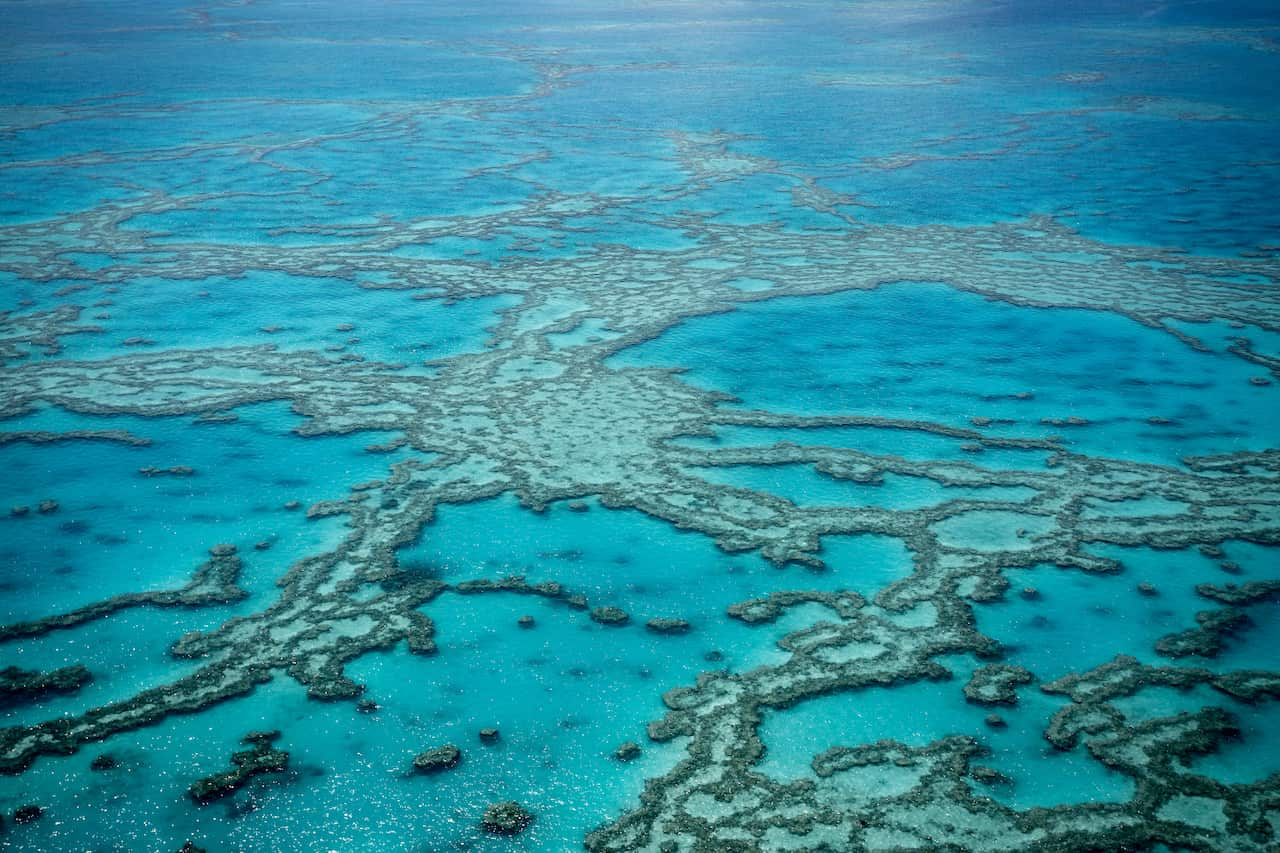Conservation experts are warning of a "blind spot" threatening global progress towards biodiversity and environmental goals.
An international paper co-led by a University of Sydney researcher highlights the quiet abandonment of conservation projects and calls for greater tracking and accountability of initiatives that are started but not completed.
The authors note that data on conservation abandonment is scarce, but suggest it's likely happening on a larger scale than is recognised.
"We have virtually no line of sight on where and when conservation projects are being abandoned around the globe," said Matt Clark, a research fellow at the University of Sydney's Thriving Oceans Hub and co-lead author of the paper.
Abandoned projects are often still incorporated into global estimates of progress, he told SBS News, masking the true state of play.
"What we risk by not tracking and understanding where things are being quickly abandoned is that, of course, we risk over-inflating our estimates of progress," he said.
"We're reducing these hard won gains, and then also we risk just not learning how to do it right."
World leaders will meet in Brazil from Monday for COP30, this year's global climate summit — billed as the most significant in a decade, as countries face growing pressure to urgently accelerate action on climate commitments.
The 'unknown scale' of conservation abandonment
Clark said that conservatively, more than US$87 billion ($133.3 billion) is spent each year on conservation programs — but there is little tracking of how long many of those projects endure.
"This blind spot potentially compromises progress announced at events like COP, as meaningful ecological recovery can take decades," Clark said.
The paper introduced findings about nine community conservation initiatives across five African countries, which suggested roughly 33 per cent were abandoned within a few years of launch.
"We showed that about a third of these initiatives were either formally abandoned — so they were no longer happening, even on paper — or they were informally abandoned, which is where they still exist on paper, but no one is really doing anything," Clark said.
Initiatives like those are often incorporated into national conservation figures by counting the relevant land areas as being in some sort of conservation area, Clark explained.
In Chile, a review of data spanning 1998 to 2021 found that around one in five community-managed fishing initiatives, created to reduce overfishing, were later discontinued.
In Canada, the downgrading of protections allowed exploratory oil drilling in 26,450 square kilometres of a marine conservation area.
Legal protections for conservation areas were downgraded more than 3,700 times globally between 1892 and 2018, according to a 2019 study, loosening environmental protections from an area roughly the size of Greenland.
Australia's record 'quite poor'
Carly Cook is head of the Conservation Management Research Group at Monash University and one of the authors of the paper.
Her research focuses on the ways protections are removed or diminished from protected areas. In Australia, she's identified more than 1,000 examples.
"Our record is quite poor in terms of removing protections from protected areas," she told SBS News.
"We've opened up fishing in the green zones within marine parks, or we've allowed horse riding in national parks where that wasn't allowed before, or firewood collection across different areas, and in some cases, we've taken sections that were part of a protected area and have removed them altogether," she said.

Even Australia's Great Barrier Reef is "not immune," Cook said, pointing to a period when protections were downgraded to allow dumping of dredge spoil in part of the marine park. Source: Getty / Francesco Riccardo Iacomino
Announcements 'don't necessarily translate'
At the 2022 biodiversity COP in Canada, nearly every country in the world agreed to a goal of protecting 30 per cent of land and sea by 2030. And under the 2015 Paris Agreement, nations committed to keep global warming well below 2C above pre-industrial levels and to pursue efforts to cap the rise at 1.5C.
Cook said these are exciting goals, but it's important to be cognisant that "new announcements don't necessarily translate into outcomes" that support them if initiatives aren't followed through, or if protected areas are established without adequate ongoing management and funding.
"We've got to do a lot to actually reach those goals, but if ... we expand the area that we're protecting, and we don't provide additional resources, then those areas aren't necessarily going to be managed, and then they become parks on paper but not in practice."
Calls for global monitoring
The paper's authors call for a global monitoring system to track conservation abandonment, as well as more robust, long-term funding and transparency.
"There's no systematic monitoring anywhere in the world," Cook said. "And generally, we're so focused on what's new, we're not following through on what's failing."
"Part of what we would like to see in the future is understanding: what are the drivers of abandonment? And if we can understand those drivers, then we have the potential to look at solutions."
Share




